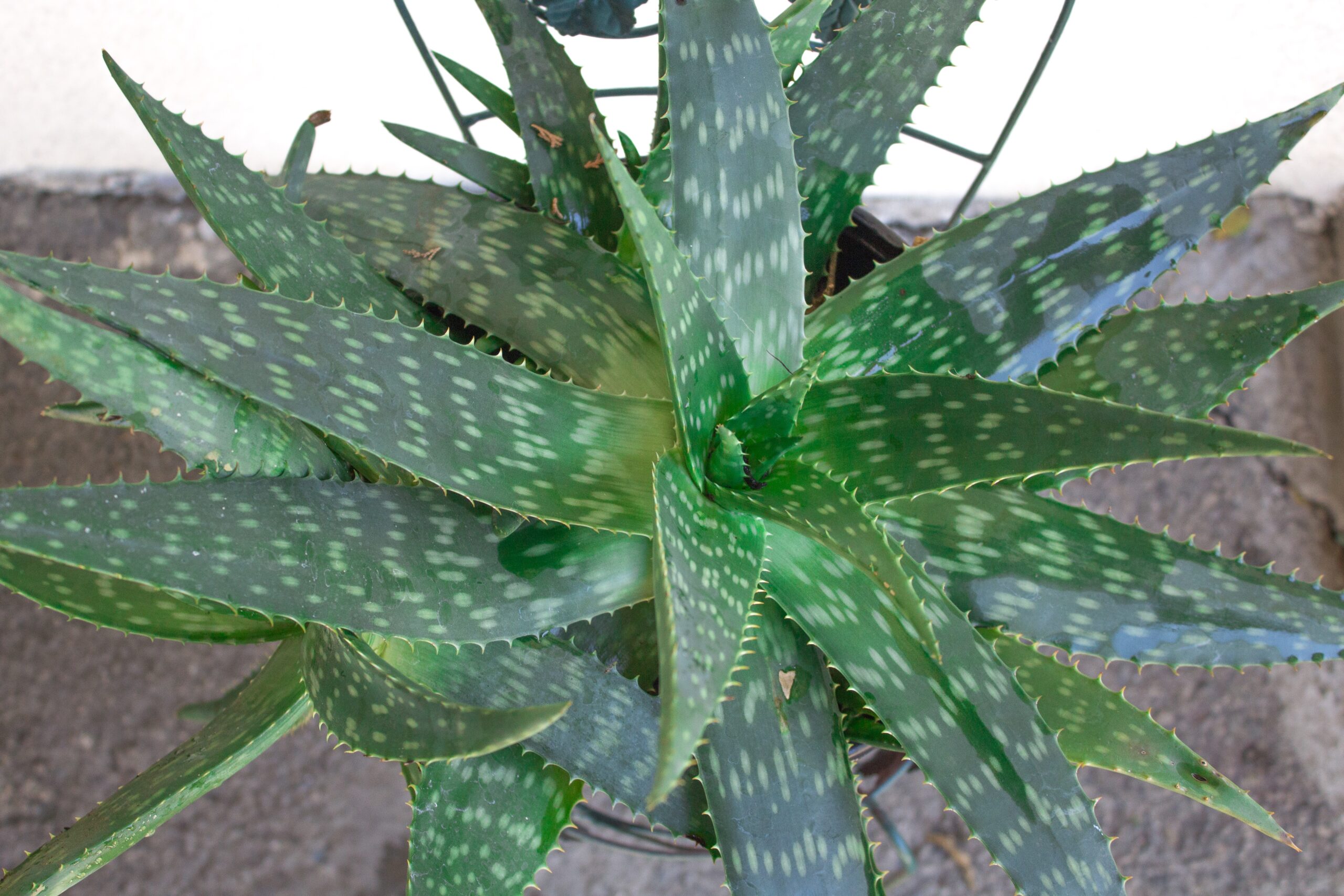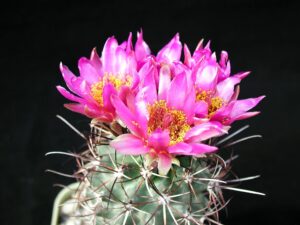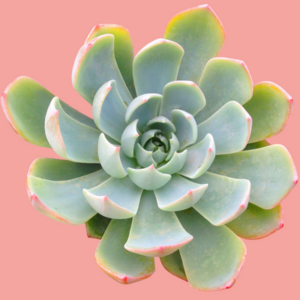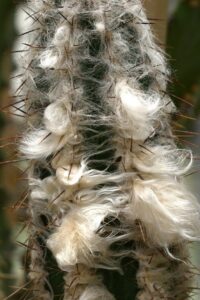Aloe vera, often referred to simply as aloe, is not just a stunning succulent. It is a veritable powerhouse of health benefits, cherished around the world for its soothing gel and water-retentive qualities. But have you ever considered the question: “Can I successfully grow aloe at home?” This inquiry brings with it a delightful invitation to engage in the horticultural challenge of nurturing a plant that requires both dedication and knowledge. Let us explore the fundamental aspects of growing aloe vera at home, ensuring you are equipped with the necessary information for success.
Understanding the Specific Requirements for Aloe Growth
Aloe vera thrives in environments that mimic its native habitat, which is typically arid and warm. To recreate such conditions, several elements come into play:
1. **Light Needs:** Aloe vera loves sunlight. It is best placed in a location receiving bright, indirect light. Direct sunlight may scorch its leaves, while too little light can stifle growth. A south-facing window often proves optimal for this botanical wonder.
2. **Soil Selection:** The right soil is vital for any plant, but especially succulents. Aloe vera flourishes in well-draining soil, typically a cactus or succulent mix. This composition helps prevent root rot caused by excessive moisture, a common fate for many houseplants.
3. **Watering Wisely:** Aloe vera is designed to store water in its leaves, making it drought-resistant. Water the plant deeply but infrequently; allowing the soil to dry out completely between waterings is key. A general rule is to water every three weeks in winter and once a week in the warmer months, adjusting based on the specific climate.
The Art of Propagation: Expanding Your Aloe Collection
Once you successfully grow an aloe plant, consider propagation as a way to expand your collection or share the pleasure with friends. Aloe can be easily propagated through offsets, also known as “pups.” This process is straightforward but requires some finesse:
1. **Identifying Offsets:** Look for small pups at the base of the adult aloe plant. These will have their own root systems and can, in time, thrive as independent plants.
2. **Separating the Offsets:** Gently remove the entire plant from its pot, being cautious not to damage the roots. Use a sterile, sharp knife to cut the puppy offspring away from the main plant, ensuring a clean separation.
3. **Re-potting:** Allow the pups to callus for a day or two in a dry area, which helps prevent rot when they are planted. Once dried, pot them in suitable soil and water sparingly. Your newly propagated aloe will soon grow into a mature specimen!
The Common Pitfalls: Overcoming Challenges in Aloe Care
1. **Root Rot:** This is perhaps the most significant concern. The balance of moisture is crucial; excessive water is the villain lurking around the roots. Regularly checking the moisture level of the soil is essential.
2. **Pest Invasion:** Aloe is relatively pest-resistant but can still be susceptible to mealybugs or aphids. Keeping a close eye on the foliage can help you recognize these pests early. A simple rinse with water or a mild insecticidal soap can mitigate this issue.
3. **Environmental Stress:** Changes in temperature or humidity can be detrimental to aloe. Extreme cold can damage the plant, while excessive heat can lead to sunburn. Striving for a stable environment where temperature fluctuations are minimal will support overall plant health.
Aloe Vera’s Health Benefits: Beyond the Garden
1. **Skin Soother:** The clear gel from the aloe leaves can be applied directly to burns, cuts, or irritated skin. Its cooling properties are unmatched, making it a go-to natural remedy for sunburn.
2. **Digestive Aid:** Consuming small amounts of aloe vera juice can promote digestive health, alleviate constipation, and nurture gut wellness. However, moderation is key, as overconsumption may lead to unwanted side effects.
3. **Immune Boosting:** Aloe vera is reputed for its antioxidant properties. Regular intake may help enhance your immune response, making it a valuable addition to your health regime.
Conclusion: Embrace the Aloe Challenge at Home





Leave a Comment